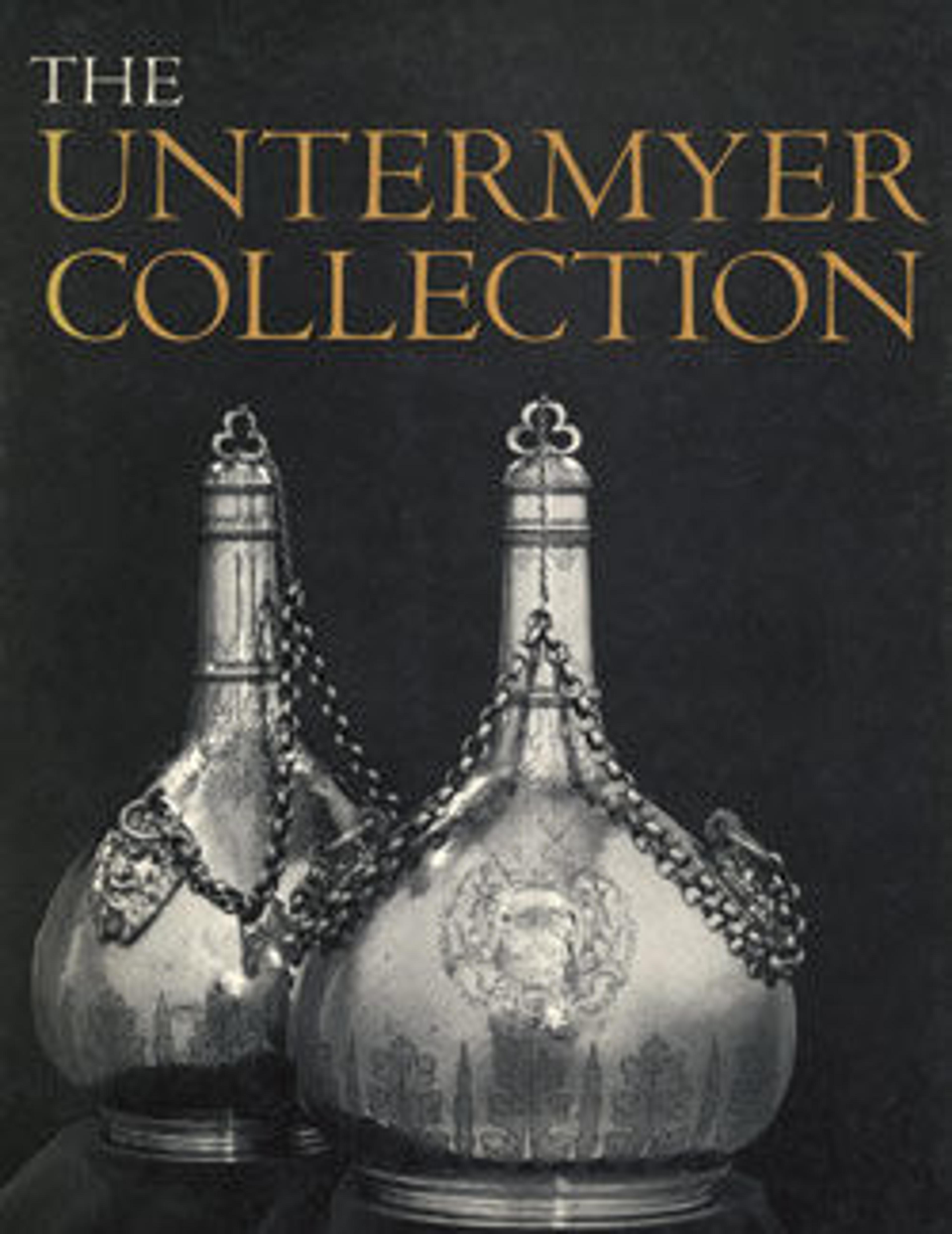Mantel clock (pendule de cheminée)
French rococo clocks were often decorated with porcelain figures. Porcelain cases made specifically for clocks are less common, and they were prized in England as well as in France. There is evidence that this case originally contained another movement, probably by a French clockmaker, but the case is not much older than the present movement, and the movement may, indeed, have been made as a substitute for the original one. Gray was appointed clockmaker to George II (1683–1760) in 1742. The following year he went into partnership with his future son-in-law, Justin Vulliamy, and together they produced a number of clocks for their first royal patron and, later, for his successor.
[Clare Vincent, 2007]
[Clare Vincent, 2007]
Artwork Details
- Title: Mantel clock (pendule de cheminée)
- Maker: Movement by Benjamin Gray (British, 1676–1764)
- Maker: and Justin Vulliamy (British, 1712–1797)
- Manufactory: Case by Chantilly Porcelain Manufactory (French)
- Date: ca. 1745
- Culture: British, London with French, Chantilly case
- Medium: Case: soft-paste porcelain and gilded bronze; Dial: painted enamel; Movement: brass and steel
- Dimensions: Overall (confirmed): 11 11/16 × 9 3/4 × 6 in. (29.7 × 24.8 × 15.2 cm)
- Classification: Horology
- Credit Line: Bequest of Irwin Untermyer, 1973
- Object Number: 1974.28.91
- Curatorial Department: European Sculpture and Decorative Arts
More Artwork
Research Resources
The Met provides unparalleled resources for research and welcomes an international community of students and scholars. The Met's Open Access API is where creators and researchers can connect to the The Met collection. Open Access data and public domain images are available for unrestricted commercial and noncommercial use without permission or fee.
To request images under copyright and other restrictions, please use this Image Request form.
Feedback
We continue to research and examine historical and cultural context for objects in The Met collection. If you have comments or questions about this object record, please contact us using the form below. The Museum looks forward to receiving your comments.
